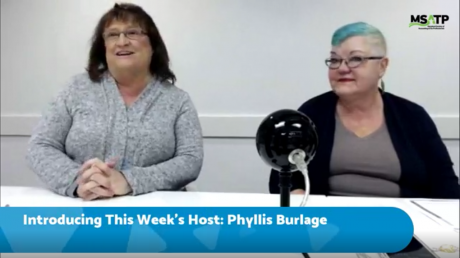The Maryland Healthy Working Families Act, which took effect on February 11, 2018, requires employers with 15 or more employees provide their employees with 1 hour of paid sick and safe leave for every 30 hours worked. The Act also requires that employers with 14 or fewer employees provide their employees with unpaid sick and safe leave accruing at the same rate. Employees are entitled to carry over up to 40 hours (5 days) of accrued but unused leave in a given year, unless the employer awards the employee the full amount of earned sick and safe leave at the beginning of the year.
Sick and safe leave may be used by an employee:
- To care for or treat the employee’s mental or physical illness, injury or condition;
- To obtain preventive medical care for the employee or employee’s family member;
- To care for a family member with a mental or physical illness, injury or condition;
- For maternity or paternity leave; or
- For absences due to domestic violence, sexual assault or stalking committed against the employee or the employee’s family member.
Employers must provide notice to their employees that they are entitled to sick and safe leave under the Act. One way to do this is to include the notice in an Employee Handbook. In addition, employers must provide notice to each employee of how much leave such employee has available when wages are paid.
Penalties for failure to comply with the Act include the full monetary value of unpaid earned sick and safe leave, any actual economic damages, up to 3 times the value of the employee’s hourly wage, and a civil penalty of up to $1,000.00 for each employee for whom the employer is not in compliance with the Act.
Employers may offer alternative paid leave policies which permit an employee to accrue and use leave under terms and conditions that are at least equivalent to the minimum requirements of the Act. Many employers choose to offer a flexible paid leave policy which combines sick and vacation leave (e.g. PTO). This type of flexible policy can be structured to satisfy the minimum requirements of the Act.
It is important to recognize that the Act does not preempt Montgomery County’s existing Earned Sick and Safe Leave Law. Montgomery County’s Law and the Maryland Healthy Working Families Act differ in several respects, including the treatment of employers with 5-14 employees. However, the Act does preempt Prince George’s County’s earned sick and safe leave law, Bill Number CB-87-2017.
We recommend that employers take immediate action to review their employment policies, and modify existing leave policies as necessary to comply with the Act, or develop new policies which satisfy the leave requirements under the Act, including requirements concerning notice to employees.
This article was written by Jordan G. Savitz, Attorney at Law at the law firm of Stein Sperling Bennett De Jong Driscoll PC. Mr. Savitz’s contact information is:
25 West Middle Lane · Rockville, MD 20850
301-838-3256 direct · 301-340-2020 main · 301-354-8156 direct fax
jsavitz@steinsperling.com
www.steinsperling.com
admitted in MD, DC, VA



